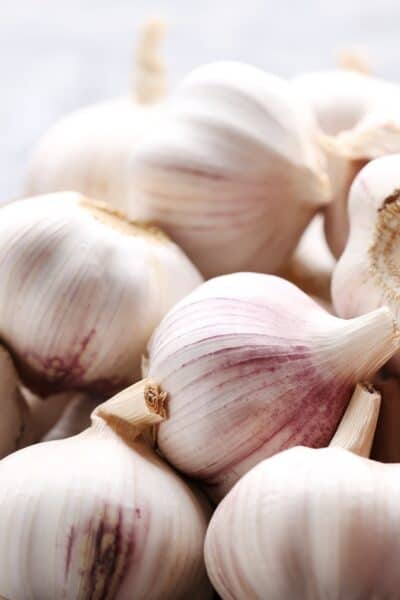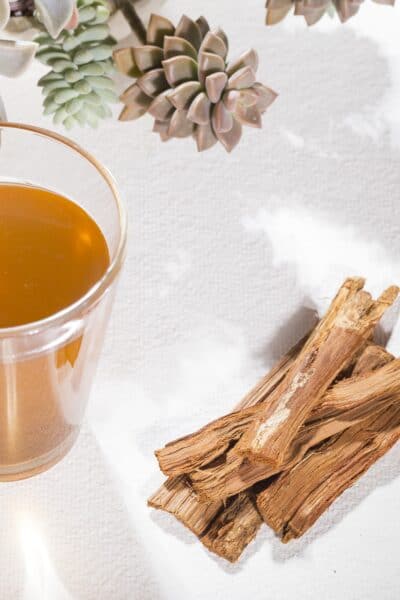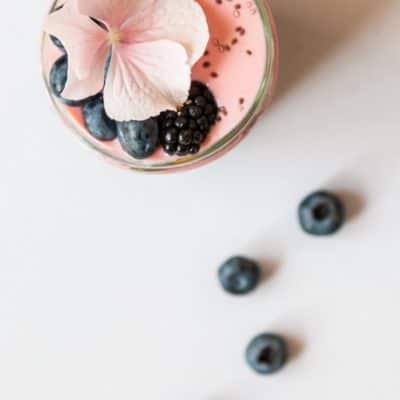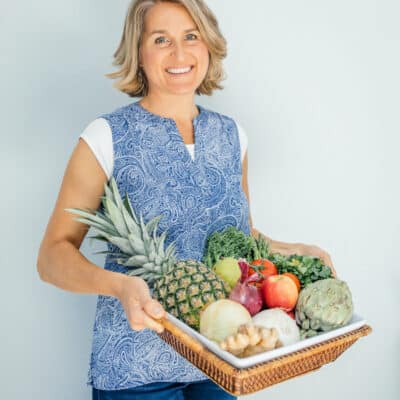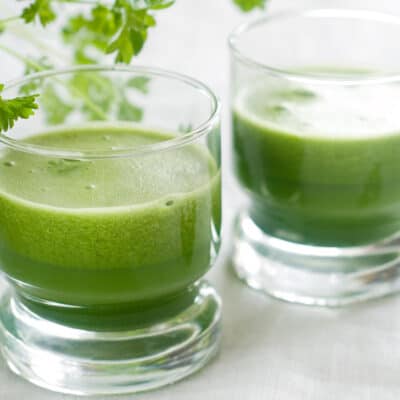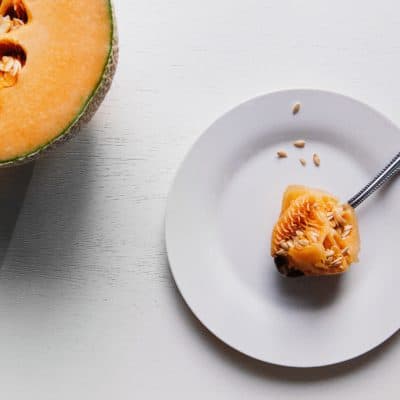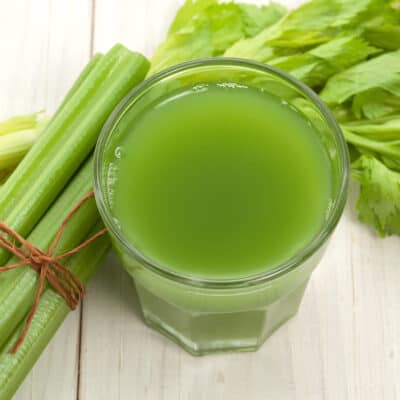Dear soon-to-be parent, or parent of an expanding family,
What an exciting time! This is a beautiful chapter of your life to be cherished and savored. Each passing day is a step closer to the due date and to a new way of life.
There are so many baby products on the market today that it can be overwhelming – which is the best and what do you actually need?! This post is meant to be a practical guide to preparing your home for the arrival of your brand new human. It is meant to bring awareness to the consequences of some products, and to offer natural, non-toxic alternatives.
My children were extremely sensitive to chemicals, so I learned all of this the hard way. In my clientele, I am seeing more and more children coming into the world with sensitivities due to the amount of toxins, chemicals, and heavy metals that are being passed down from generation to generation – and that also saturate our surroundings. If you also have a sensitive child or a child who is constantly sick, has allergies, or is immunocompromised – being mindful of the tips in this post could be helpful for you. It is my hope that by passing on what I’ve learned, it can do some good for your budding family.
Here are my best tips for baby gear!
How To Find Non-Toxic Baby Gear
Among the cute patterns and nifty gadgets, many baby items also contain harmful chemicals such as pesticides, herbicides, flame retardants, and VOCs. Research shows these chemicals and others can disrupt your endocrine system, impact semen quality, and may lead to ADHD, autism, lower IQ, and other neurobehavioral damage for the baby. All it takes to avoid this as much as possible is doing some research and using other alternatives!
Furniture
Because so many brand-new furniture items are sprayed with chemicals to prevent mold, bugs, and fire (helpful for those areas, yes, but harmful for your health and your baby’s health), it is often better – and cheaper – to find these items secondhand. Choosing gently-used items is a great way to avoid the chemical overload they come with straight from the manufacturing plant and the store. If you’re worried about any items containing lead paint, either give them a good scrub or ask someone (who isn’t pregnant) to sand down the items and repaint it. Here are some suggestions:
Changing table
I found an old tea cart at an antique place and threw a changing pad on top and baskets on the serving trays below. You can also simply create a changing area on top of your current dresser, using one of the drawers for your diapers, water wipes etc. Honestly, you don’t need to buy an expensive table for this. You can find something that will work and it will be more unique and fun to put together anyway!
Changing Pad
Because many of these have toxic flame retardants (which can be found in baby’s urine), I would recommend forgoing the pad entirely (again, no $$ spent!) and instead using an organic washable towel to create a soft surface.
Glider/Rocking Chair
A must-have tool for mom to rock their little ones! If you purchase one that is brand new, leave it outside to air it out. The more you can do this before baby comes, the better. You can also find great options at a local thrift store – a straw or wood rocker would work great and are easier to clean than second hand cushions. You could also use an exercise ball for babies who like to bounce – again, just make sure it has time to air out as some of them smell strongly.
Crib
Don’t worry about getting the perfect crib first thing – you likely won’t need it right away after the baby is born. The American Academy of Pediatrics recommends for babies to sleep in the same room as parents for at least the first six months and optimally the first year of life. Being in the same room also makes nighttime feedings so much easier for you and baby. Give yourself time to make a decision – and relax! Better yet, keep looking on Craigslist and get the one you want second hand – chances are the VOC’s will be mostly dissolved. I would recommend:
- Co-Sleeper – an item essential for the baby to be in the same room as you, this makes for immediate nursing the instant cries are first heard. Some can even be pulled by your bed and allow your hand to rest right by the child (just make sure the height is right for your particular bed). Dockatot and SnuggleMeOrganic are great options for implementing safe and effective co-sleeping.
- Mattress – be sure to get a mattress devoid of any flame retardants! Naturepedic is an excellent brand committed to non-toxicity.
Baby Swing
This will free you from having to hold your child at all times, and give you the space to tend to your own basic needs, like using the bathroom, taking a shower and eating. Swings can also help your child fall asleep. Again, check for flame retardants or cover it up with organic blankets so baby doesn’t touch the original material.
Infant Vibrate Seat
This can help reduce gas, a common issue for most newborns. The seat can also serve as a great alternative to a baby swing on account of its greater mobility.
Travel Equipment
Car Seat
Here is a complete list of car seats that are devoid of flame retardants, but I like the Uppababy Henry. It remains safe and tested, and makes my list!
Stroller
Here is a list of some great recommendations. Please note that at this time, there are no completely chemical-free strollers on the market, so again if you can find a great one that is second hand, that would work well. If you would prefer one that hasn’t been used, air it out very well before placing your baby inside.
Pre-3 Month Carrier
The organic Boba wrap is an amazing carrier, and extraordinarily comfortable for both mother and child. I credit this product with helping me fit in several casual outdoor walks during my baby’s first few months.
Post-3 Month Carrier
I recommend the Baby Ergo 360 following your baby’s 3-month mark. This model is worth the investment: it’s ergonomically optimal and allows parents to shift the child’s facing (inward or outward). Personally, I’ve used it to great success on plane rides to help my infants fall asleep and even nurse.
Hygiene & Bathing
Diapers
If you choose to use disposable diapers, I recommend Bamboo and Poof brand. They don’t have any added ingredients and aren’t bleached, so your child will be safe from toxins and any skin reactions. Another option is Naty brand – they are biodegradable. If you are using cloth diapers, going organic is best to avoid any contact with pesticides in your baby’s sensitive parts.
Wipes
Even organic brands have chemicals in them, so I use WaterWipes.
Diaper Rash Cream/Lotion
No need to spend money on expensive (chemical-laden) creams here. St. John’s Wort oil, jojoba oil, and even rosehip seed oil are amazing for diaper rash and other skin-related issues. These oils are extremely healing and perfect for those sensitive areas. These oils can also double as moisturizer or be used as lotion after a bath to nourish your baby’s skin – and can help you post-birth (see below). Use my coupon code amberbodilyhealth to get a discount.
Baby Shampoo and Wash
Remember that your baby is likely not dirty, no real need for soap on that delicate and new skin – especially at first. Be aware that even baby shampoos and soaps can be laden with chemicals despite the claims on the label. When you must, I recommend using a natural wash like Earth Mama Angel Baby or Babo Botanicals Sensitive Baby. Gently scrubbing them under the water (no soap needed!) in an epsom salt bath is also a great option.
Nose Frida
This is for pulling out nasal mucus. But, here’s an added secret: while my child was breastfeeding I exclusively ate non-mucus forming foods – i.e. no meat, dairy, fish, gluten or soy, and very limited beans/lentils. These foods can cause excess mucus production for some people. For my family and clients, this has helped tremendously; my sons never encountered any issues with mucus or nasal congestion, and the bulb syringe went unused! That said, colds happen, so good to have on hand. Go with Nosefrieda.
Feeding
Breast Pump
Having tried a variety of brands, I can safely say that Medela pumps are by far the best option.
Bottle
I recommend Dr. Brown’s glass bottles, and in general avoiding plastic as much as you can, as plastic baby bottles leach BPA and other troublesome substances.
Pacifier
The Soothee Pacifier is the only one that newborns seem to universally enjoy; I recommend going for the unscented variety (less weird toxins). Of course natural rubber is even better, but it depends on what pacifier shape your child likes. If you are breastfeeding, many pediatricians recommend waiting at least 3 weeks until you’ve established a solid breastfeeding relationship with your baby before introducing a pacifier. I suggest doing your research and going with your intuition on what will be best for your baby.
Storing Milk
For the milk you’re not freezing, I suggest using a set of 8 extra glass bottles for refrigerator storage. It’s also prudent to get tops with labeled dates, so you’re aware when the milk was expressed. For freezing, again use small glass jars, like these.
Clothing
Go for hand-me-downs
Babies grow so fast and have such unpredictable sizing, so you don’t have to spend a lot of money on clothes that may never fit or they may never wear. Not only does using gently-used baby clothing help your wallet, but research also shows that pesticides leak through clothes to the skin, so the more time they have had to air those out from the manufacturing process, the better. Whether you receive new clothing or secondhand clothing, be sure to wash them thoroughly before dressing your baby.
Swaddle
Swaddling can do wonders for a baby’s sleep and comfort. Again, organic fabric is best if possible. Here’s a great video on how to swaddle.
Burp clothes
These are so useful! I recommend investing in some hearty organic ones – and several if you can; I remember going through several a day.
Laundry Detergent
Many babies react to a chemical-laden detergent by breaking out in a rash, and end up being prescribed a steroid cream which can be toxic to a young, developing baby’s system. A simple way to avoid this is to use nontoxic laundry detergent. However, do your research – claims for being “green” and “natural” are, surprisingly, still a cover for a chemical cocktail according to this study. I strongly recommend using Free and Clear 7th Generation or Branch Basics to wash your clothes.
More Ways To Stay Toxin-Free
EAT ORGANIC AS MUCH AS POSSIBLE.
I learned from environmental toxicologists that GMOs and pesticides, both widely prevalent in modern food, can alter the fetus in utero, impacting their sexual development and neurodevelopment. If possible, I recommend for expectant mothers to try as much as possible to go completely organic – it will pay major dividends in the form of your baby’s long-term health. An organic diet is also extremely helpful during breastfeeding to prevent pesticides from entering your breast milk. I would also highly recommend going plant-based or at least eating more whole fruits and vegetables. Not sure if you can afford it? Read 15+ ways to go organic on a budget here.
GET INFORMED ABOUT INOCULATIONS.
With much conflicting information surrounding vaccination, it’s critical to get educated and make an informed decision. I encourage you to do your own thorough research, starting with reading the vaccine package inserts to assist with your decision-making. There are many recent comprehensive documentaries and books on the subject, and this guide can help you ask questions of your doctor. You will definitely want to make a clear decision well before the child’s arrival, since certain vaccines are routinely administered at birth. You, as the parent, ultimately have the right to make this decision, not anyone in the medical field.
TAKE CARE WITH YOUR OWN BEAUTY & HYGIENE PRODUCTS.
Your skin is your body’s largest organ, and will absorb everything you put on it. For more info about how to avoid toxic beauty products and tips on natural alternatives, read this article. These chemicals can be passed on to your baby while they are in the womb, and can even be found in their urine and in their umbilical cord after birth. Some great makeup brands are 100% PURE and BeautyCounter. Check out more safe, natural alternatives here.
UNDERSTAND YOUR BIRTH OPTIONS.
Natural or medicated? Midwife or hospital? I encourage you to do your research and choose what you feel is best for you and your baby. I would encourage you to watch The Business of Being Born, a revealing documentary that details the body’s response to epidural administration, and provides insight into the monetary basis for the medicalization of delivery. No longer able to ignore the issues the film raised, I opted for the natural approach. If you’re concerned about pain, look into programs like Hypnobabies, proven to help delivering mothers relax and manage their pain.
PICK YOUR TOYS CAREFULLY.
Everyone will want to give you some, and you’ll want to buy some. Be aware of the history of chemical toxicity in toys, and go as natural as you can – and of course, Made In The USA is always wonderful.
Now that you’ve hopefully made some important decisions, and fully prepped your car and home, it’s time to check off the itinerary for your baby’s birthday!
The Arrival Checklist
Birthing Center Bag:
- Organic heavy pads
- Witch hazel spray or this perineal spray, and St. John’s Wort oil, which are useful for healing “down there” after birth
- Comfy pants and shirt and socks
- Toothbrush/paste – remember to go all natural here because everything you put in your mouth goes to the baby. I love Lucky Teeth.
- Shampoo/soap
Diaper Bag:
- Take home outfit for baby (premie, newborn, and 0-3 months – depends on size of baby)
- Newborn size diapers
- Baby wipes
- Diaper rash ointment option (see above)
- Changing mat
- Extra outfit
- Burp cloths
With these safe products and healthy choices, you are already well on your way to raising a happy baby!
Sending blessings to you and your new family!
Amber

